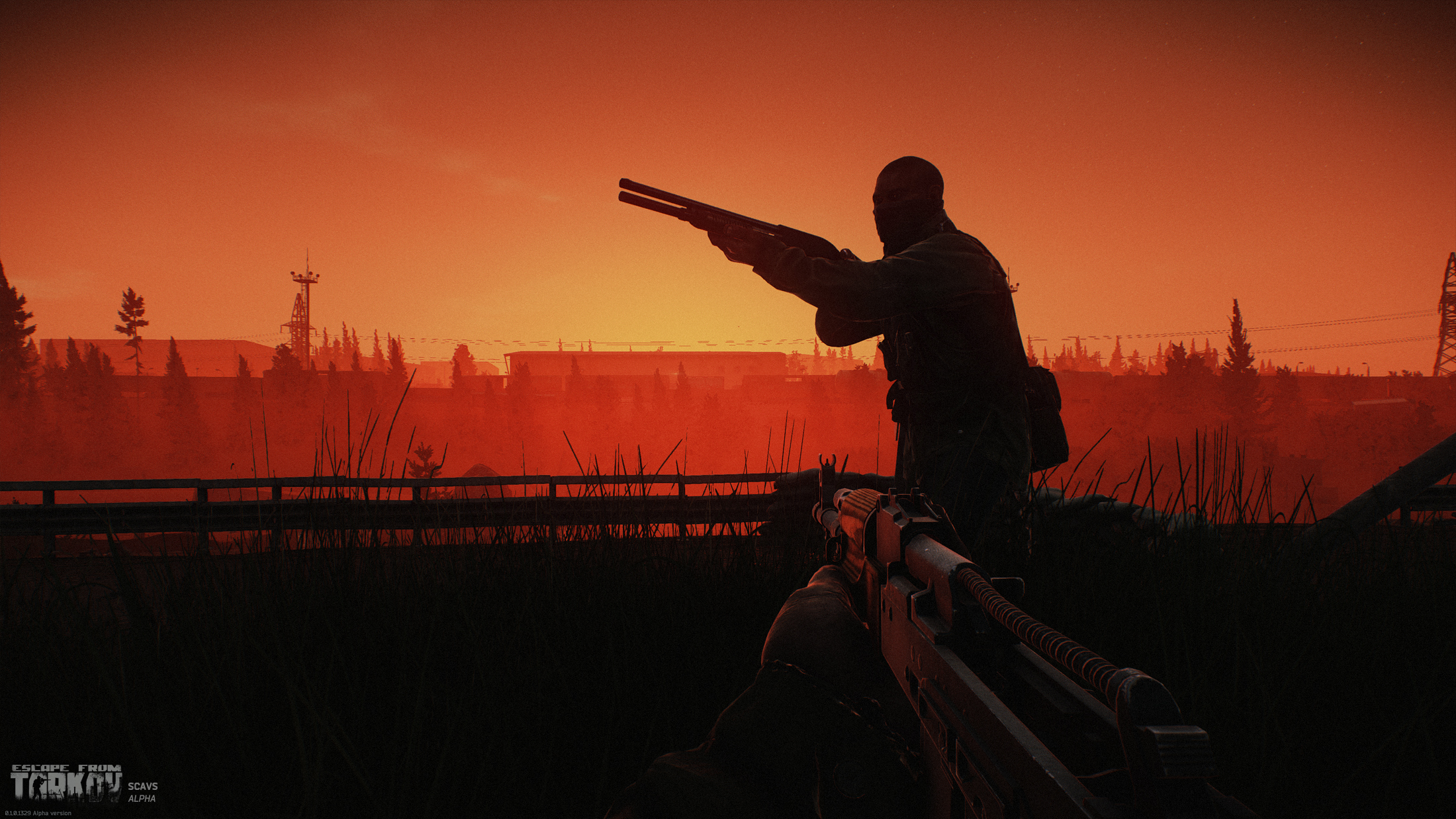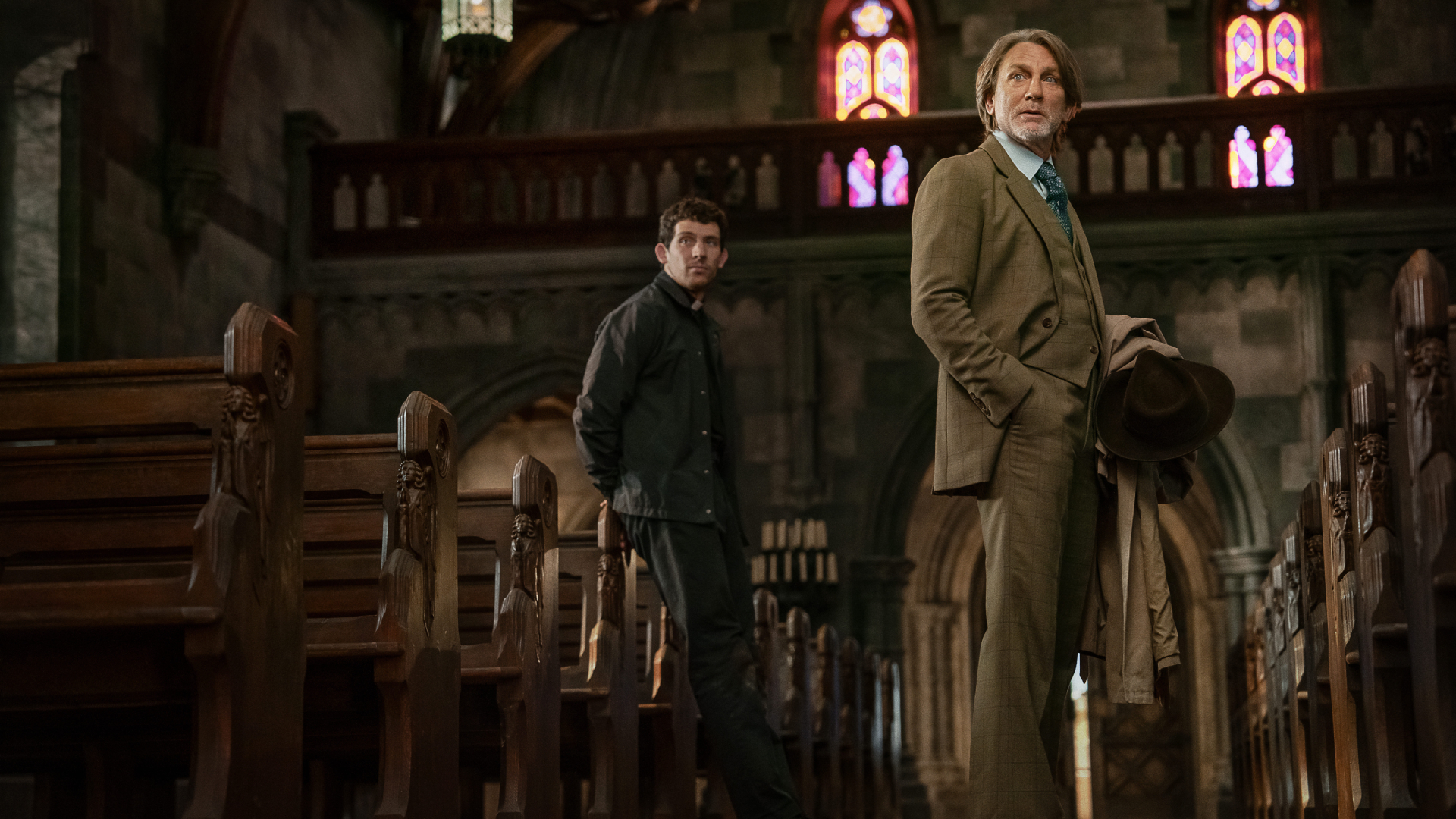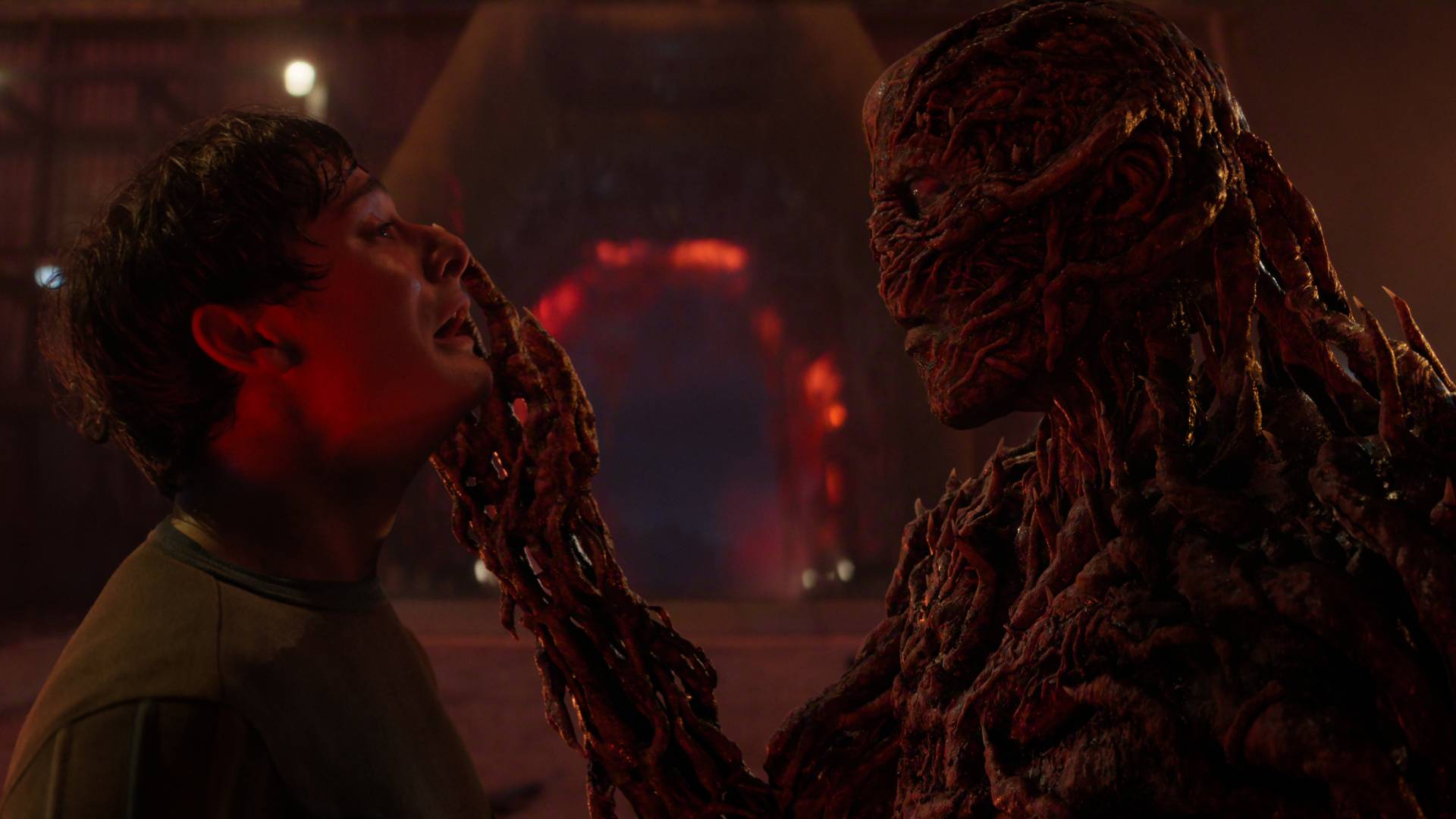Clair Obscur: Expedition 33 endings and story explained – from doppelgangers to the true purpose of The Gommage
Unpicking Expedition 33's story and both ending choices to answer your burning questions
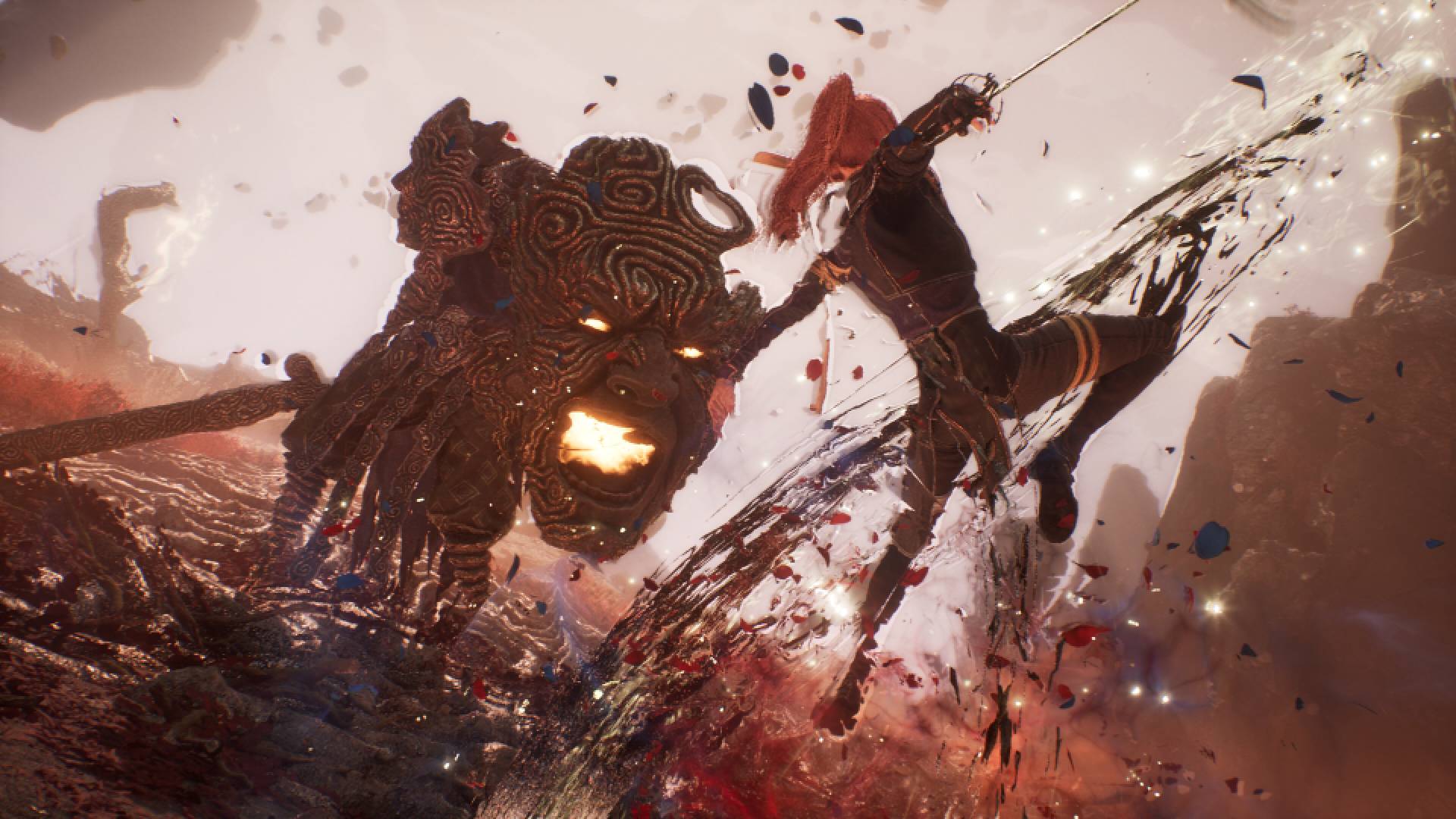
When it comes to explaining the ending of Clair Obscur: Expedition 33, it's easier once you have context from the main story. As one of the breakout new games of 2025, there are so many layers to Sandfall Interactive's stunning ode to the best JRPGs that it's hard to see any of the twists coming – and anyone who's reached Act 2 can tell you that there are plenty of them.
If you're feeling fuzzy on the ins and outs of Lumiere and the Continent, fear not. This complete guide to Clair Obscur: Expedition 33's endings and main story will have you telling your doppelgangers from your Dessendres in no time. I do warn you though: this explainer contains a lot of spoilers, so you might want to come back once you've at least started Act 3. Which, oddly enough comes after the epilogue. Weird, right? Well, it just gets weirder. Strap in – here's the full story of Clair Obscur: Expedition 33.
Clair Obscur: Expedition 33 story explained
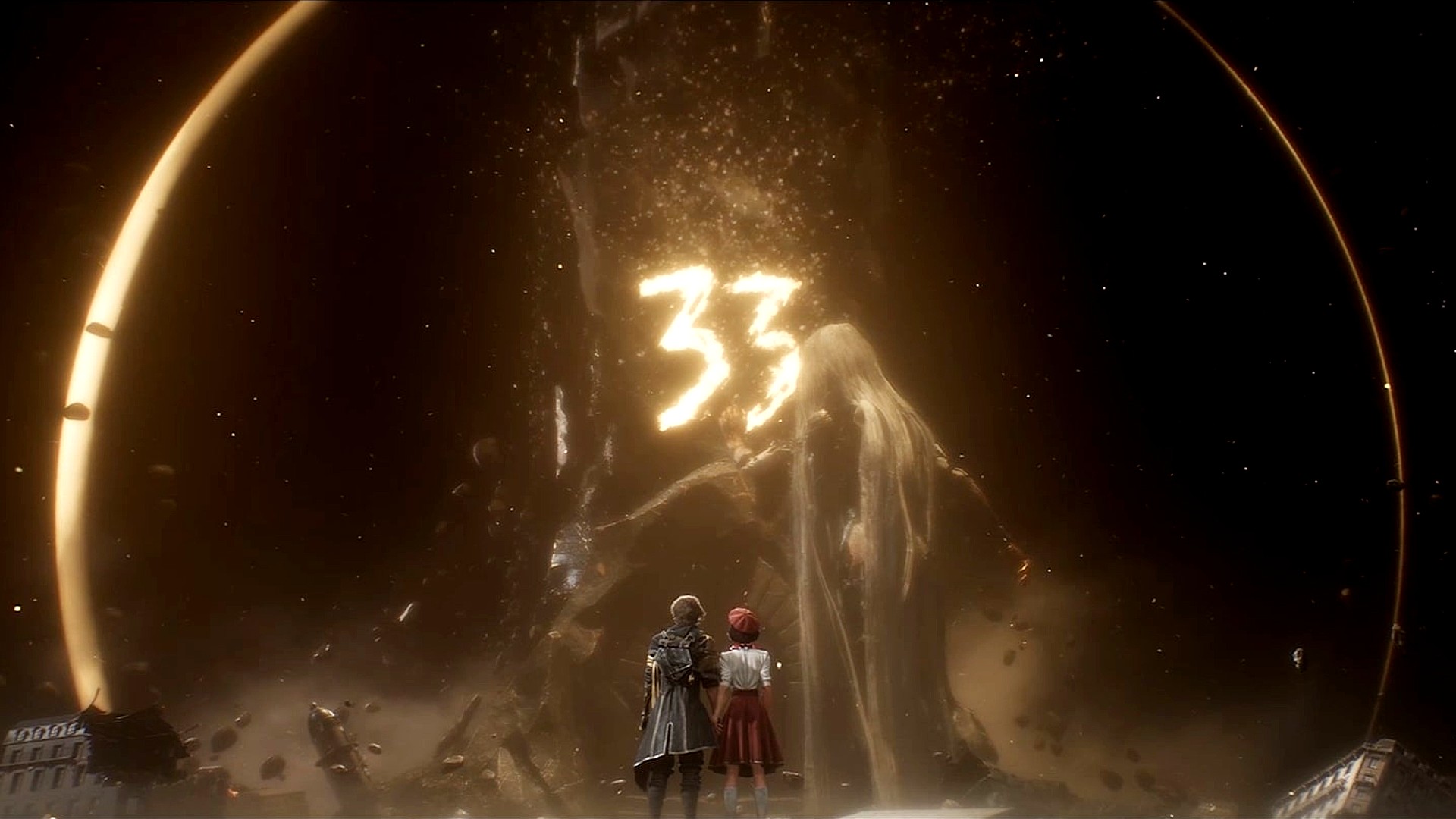
Clair Obscur is a framed narrative – literally. By the start of Act 3, you'll have discovered that Clair Obscur: Expedition 33's entire main story takes place not in the real world, but in a Canvas. The Canvas stores a piece of the real-world Verso's soul, which is the only surviving part of him following his death in a fire at the Dessendre family home. He rescued his sister Alicia in doing so, though the fire disfigured her for life.
Real Verso's death traumatized his mother, Aline, but with the Dessendres' ability to paint entire worlds into being, she took refuge in Verso's Canvas. There, she lived out a false, idealized life, using a magical substance called chroma to create painted versions of her beloved family members – which is where our doppelganger protagonist Verso comes in.
Aline's husband Renoir – the real main antagonist of Clair Obscur: Expedition 33 – then entered the Canvas to try and pull Aline out of it and back into the real world, where war had broken out between two factions of reality-bending supernatural creatives known as Painters and Writers.
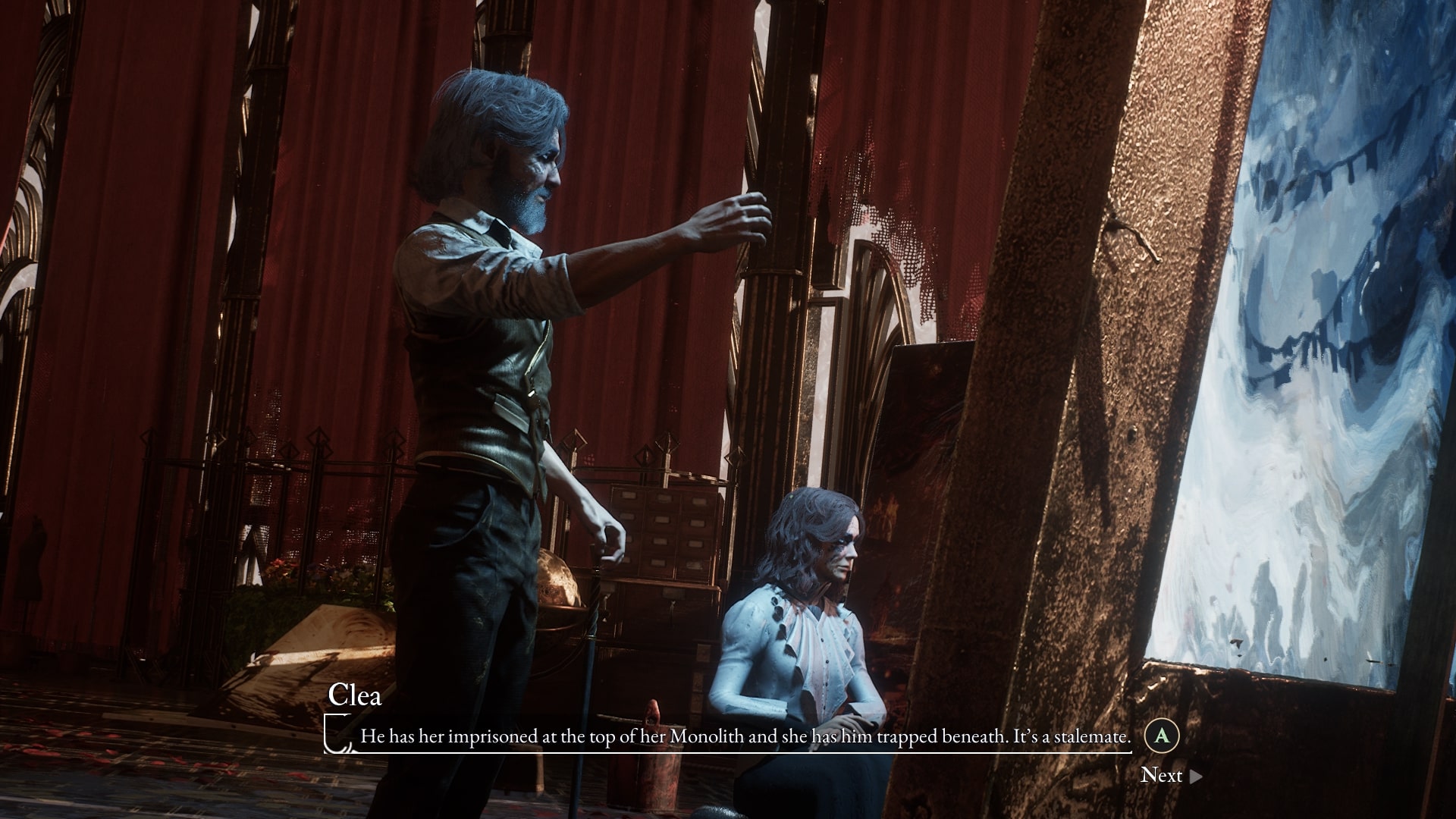
Soon after, Alicia's sister Clea asked her to follow Renoir into their late sibling's Canvas and help him put an end to Aline's fantasy. But as soon as she entered the Canvas, she was overwhelmed by her mother's chroma, causing Alicia to be reborn in this painted world as Maelle. The Alicia, Verso, and – until Act 3 – Renoir we meet while exploring The Continent are painted facsimiles of the family, re-created by Aline in the Canvas to keep her company.
Stripped of her memories as Alicia, Maelle lived among Aline's other creations in Lumiere, an isolated city where the oldest members of the population perish each year in an event known as the Gommage. The people of Lumiere blame The Paintress – who is actually Aline – for this annual tragedy, as she paints a number on a monolith each year with the corresponding age of those who will Gommage next. In truth, Aline is trying to save as many of the Canvas' residents as possible while Renoir tries to Gommage them all.
Weekly digests, tales from the communities you love, and more
Once Maelle recovers her memories as Alicia in Act 3, having stopped the Gommage by defeating The Paintress and thereby sending her back to the real world, Alicia/Maelle sets off on a quest to rebuild the world as a Paintress herself. Only now, she must stop her father, the real Renoir, from breaking the Canvas entirely.
Up until Act 3, you'll have known him as The Curator – but yes, the painted Renoir we defeated earlier in Act 2 is a doppelganger, created by Aline to protect her as The Paintress, while the real Renoir is The Curator. Given how The Curator rescued Maelle when Expedition 33 was attacked by painted Renoir upon arrival at The Continent, the threads all connect.
What is the Gommage really for in Clair Obscur: Expedition 33?
The Gommage is not actually The Paintress' doing, but her husband, Renoir's. Act 3 reveals how Lumiere and all of its citizens were created with chroma by Aline, aka The Paintress. By triggering the Gommage to cleanse the world of its oldest residents each year, Renoir prevents chroma from being returned to Aline upon their natural deaths.
With the population rapidly getting younger and younger, human procreation would eventually no longer be possible if this method carried forward. Renoir's plan was to essentially rob Aline of paint to work with. No chroma, no painting, no more reason to stay in Verso's Canvas. This makes the numbers she writes upon the monolith not a threat, but a warning.
It's also worth noting how different entities in the Canvas were created by different members of the Dessendre family. Aline painted humans, Verso created the Gestrals (Monoco was based on his real-world dog), and the Nevrons were Clea's doing, which is why they refer to her as Mistress. Every human killed by Nevrons has their essence passed to Renoir, serving as another mechanism to help her father siphon chroma from Aline. Finally, Renoir painted the Axons as his own interpretations of the Dessendre family, and it's only by defeating each one that the Expedition is able to breach the barrier at the monolith to reach The Paintress
Clair Obscur: Expedition 33 endings explained
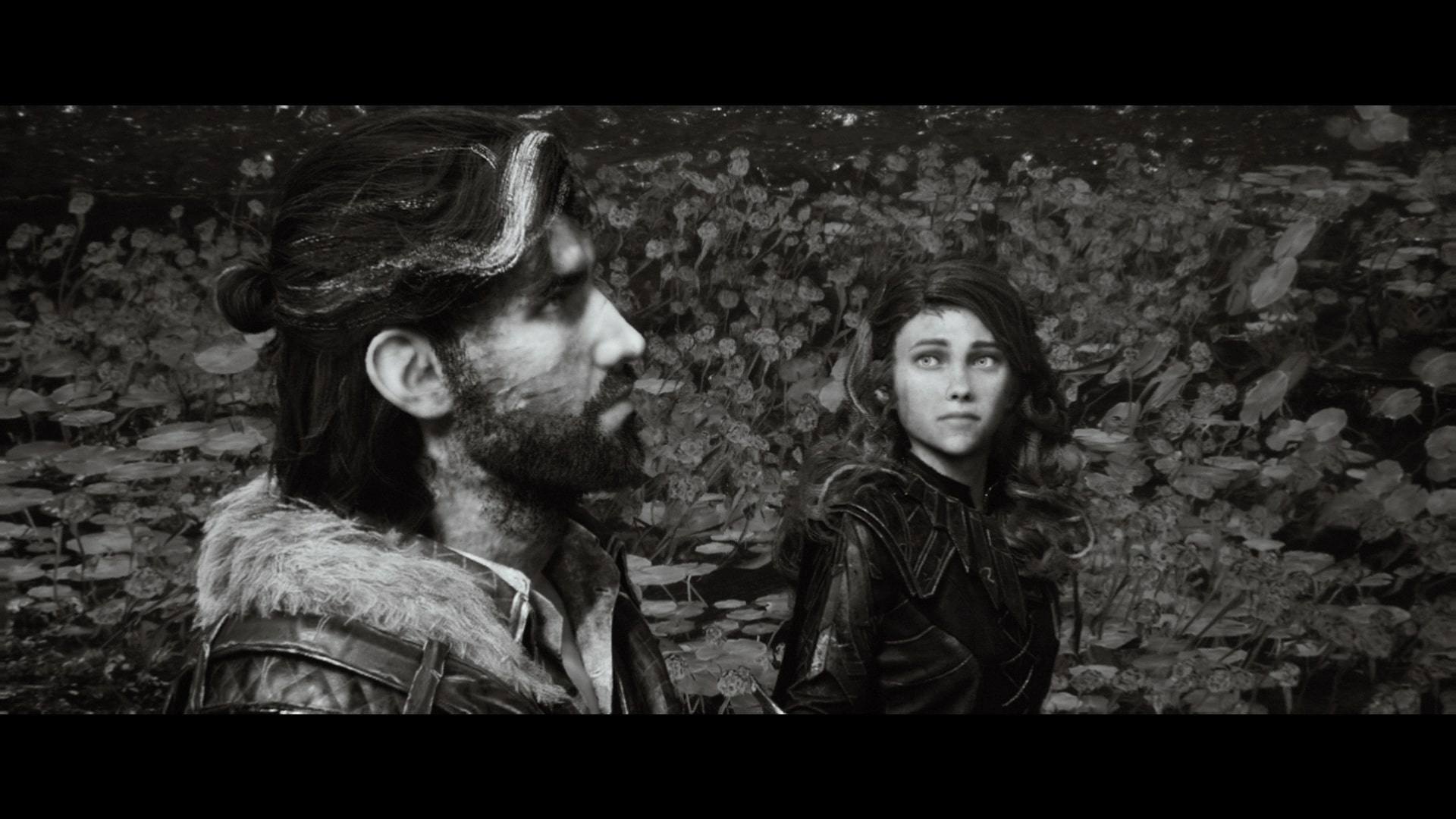
The ending of Clair Obscur: Expedition 33 involves a choice: protect or destroy the Canvas by siding with Maelle or Verso respectively.
Verso wishes to break the Canvas for good, freeing the last remnant of the real Verso's soul from this false half-life and sending Maelle back to their family in the real world so the Dessendres can finally confront their collective grief instead of painting over it. This means that everything inside the Canvas, including all the painted Expeditioners we have come to know on our journey, will cease to exist.
Maelle wants to save the Canvas and reside in Lumiere forever, having bonded so closely with her new friends that she views their lives every bit as real as her own outside the Canvas. This ending sees Maelle become the de facto Paintress, continuing the cycle of avoidance her mother began.
If you fight as Maelle at the end of Clair Obscur: Expedition 33, you must kill Verso. The same is true the other way around, as neither of them can accept the alternative.
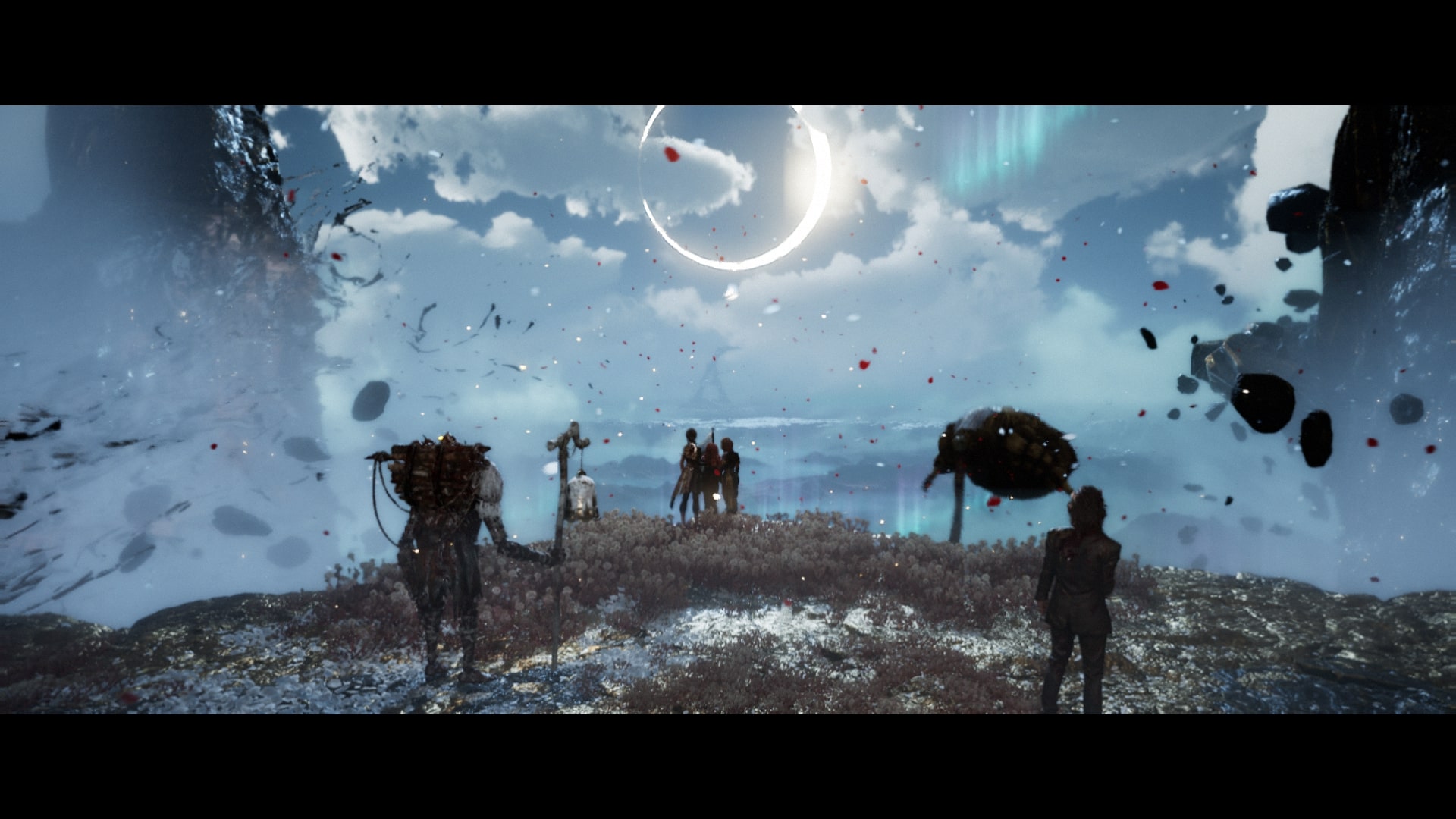
Fighting as Verso unlocks the A Life to Love ending. Here, we see the Dessendre family unite at Verso's grave in the real world following the Gommage of all our companions in the Canvas. As the family turns to leave, Alicia sees a final glimpse of her fallen compatriots as they once again fade away for good.
Conversely, fighting as Maelle unlocks the A Life to Paint ending. Here, she holds Verso in her arms as he Gommages at the end of the battle, before a cutscene brings us to a concert hall in Lumiere. As a supposedly re-painted Verso takes the stage, he catches Maelle watching him from the crowd. Her eyes are painted over in pools of blue and silver chroma, much as their parents and sister's eyes were during the epilogue, and Verso reluctantly starts to play the piano – just as he promised he would earlier in the game.
So, is there a good or bad ending in Clair Obscur: Expedition 33? Whether you choose to save break or inhabit the Canvas at the end of the game, the tone is still extremely bittersweet. It ultimately depends on whether you believe the people in the Canvas are real, sentient people who deserve to live, or the product of an escapist fantasy. Though by the sounds of it, Maelle just takes over as The Paintress in Verso's Canvas if you side with her, manipulating lives as she goes.
Check out all the upcoming PS5 games set to launch in 2025 and beyond

Jasmine is a staff writer at GamesRadar+. Raised in Hong Kong and having graduated with an English Literature degree from Queen Mary, University of London in 2017, her passion for entertainment writing has taken her from reviewing underground concerts to blogging about the intersection between horror movies and browser games. Having made the career jump from TV broadcast operations to video games journalism during the pandemic, she cut her teeth as a freelance writer with TheGamer, Gamezo, and Tech Radar Gaming before accepting a full-time role here at GamesRadar. Whether Jasmine is researching the latest in gaming litigation for a news piece, writing how-to guides for The Sims 4, or extolling the necessity of a Resident Evil: CODE Veronica remake, you'll probably find her listening to metalcore at the same time.
You must confirm your public display name before commenting
Please logout and then login again, you will then be prompted to enter your display name.
